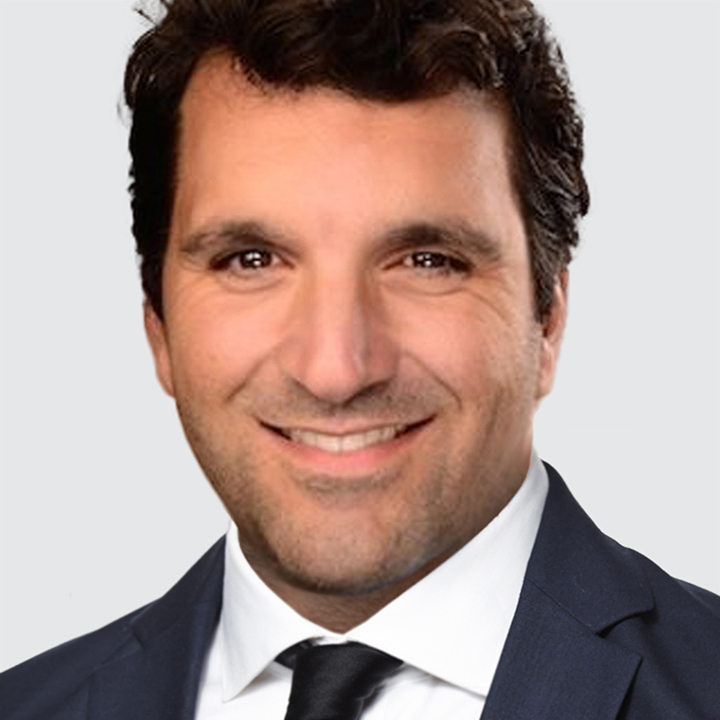Mind the Fiscal Gap
- UK Chancellor of the Exchequer Rachel Reeves plans to fill a £22bn budget hole.
- Financial markets are mixed with USD firmer.
- Eurozone Q2 GDP, US June JOTLS and July consumer confidence index are today’s data highlights.
Financial markets are mixed. USD is holding on to most of yesterday’s modest gains but is underperforming against the cyclical-sensitive currencies. Stock markets in Asia are down, European equity futures are up while US equity futures are mostly flat. Bond yields ticked-up slightly. Crude oil and iron ore prices continue to grind lower.
In our view, the global macro backdrop remains supportive of risk assets. Global growth is steady, inflation pressures are easing, and major central banks have either started or about to start slashing policy interest rates.
Watch-out today for the US July Conference Board consumer confidence index and the June Job Openings and Labor Turnover Survey (JOLTS) (both at 3:00pm London). Consumer confidence is projected to dip seven ticks to 99.7 in July and remain within the same narrow range that’s held throughout the past two years.
Meanwhile, the June JOLTS print is expected to remain consistent with a US labour market coming into better balance. The job openings rate is near pre-pandemic levels at 4.9% and the layoff rate remained unchanged at a low of 1% in May. The data means the Fed can achieve a soft landing in the labour market without a material increase in the unemployment rate.
Overall, the Goldilocks US economic backdrop of solid growth and modest disinflation suggests the Fed is unlikely to cut the funds rate as much as is currently priced-in. Fed funds futures are pricing almost three cuts (66bps) by December 2024 and a total of 140bps of easing over the next 12 months. As such, there is room for an upward reassessment in Fed funds rate expectations in favour of USD and Treasury yields.
A risk to our cautious Fed view is that some measures US underlying inflation are noticeably lower. Yesterday, the New York Fed’s Multivariate Core Trend (MCT) inflation eased to 2.06% y/y in June from 2.37% in May.
GBP/USD is directionless around 1.2860 and 10-year Gilts are steady near the lower-end of a four-month 4.0 to 4.4% range. Yesterday, Chancellor of the Exchequer Rachel Reeves paved the way for higher taxes in the upcoming October 30 budget. Reeves warned of a £22bn (0.8% of GDP) funding shortfall that needed to be filled and announced emergency savings totalling £5.5bn. According to Reeves, “there will be more difficult decisions around spending, around welfare, and around tax.”
Tighter UK fiscal policy can leave the Bank of England (BOE) more room to ease policy. Our base case is for the BOE to start easing Thursday because UK headline CPI inflation has been at the BOE’s 2% target the last two months and leading indicators point to sharply lower inflation. In July, the UK BRC shop price inflation remained muted at a 32-month low of 0.2% y/y as non-food prices dropped -0.2% m/m for a second consecutive month.
EUR/USD is trading sideways around 1.0820. Sluggish Eurozone economic activity relative to the US will continue to weigh on EUR. Eurozone real GDP growth is expected to rise 0.2% q/q in Q2 vs. 0.3% in Q1 (10:00am London). For comparison, the US economy grew 0.7% q/q in Q2.
France real GDP increased more than expected in Q2 to 0.3% q/q (consensus: +0.2%) after rising 0.3% q/q in Q1. The details were unimpressive. Household consumption was flat in Q2 and the positive contribution from gross fixed capital formation is the result of higher government spending. The Q2 GDP report for Spain (8:00am London), Italy and Germany (both at 9:00am London) are up next. Spain and Germany also release today their July EU harmonized CPI prints (8:00am and 1:00pm London, respectively).

